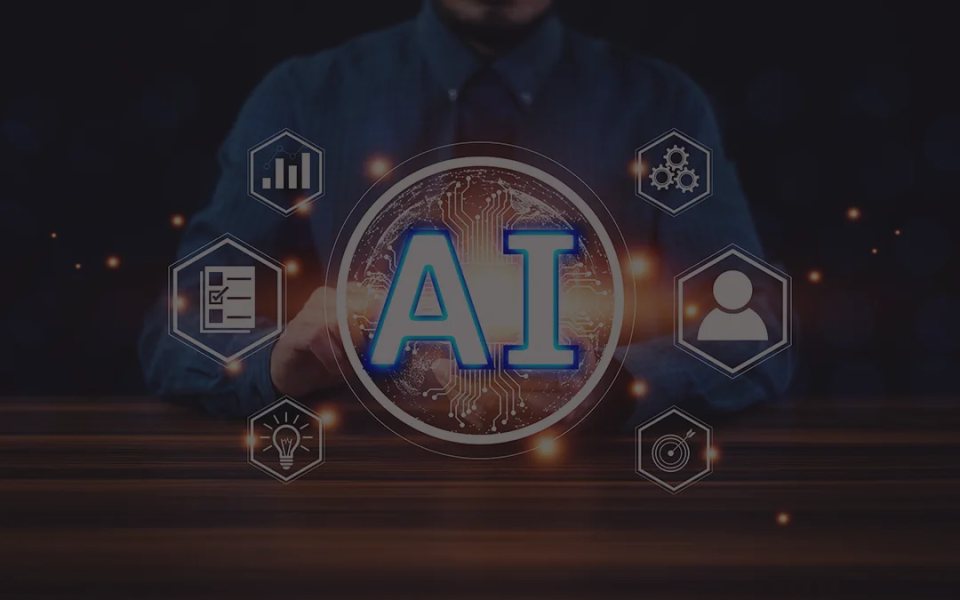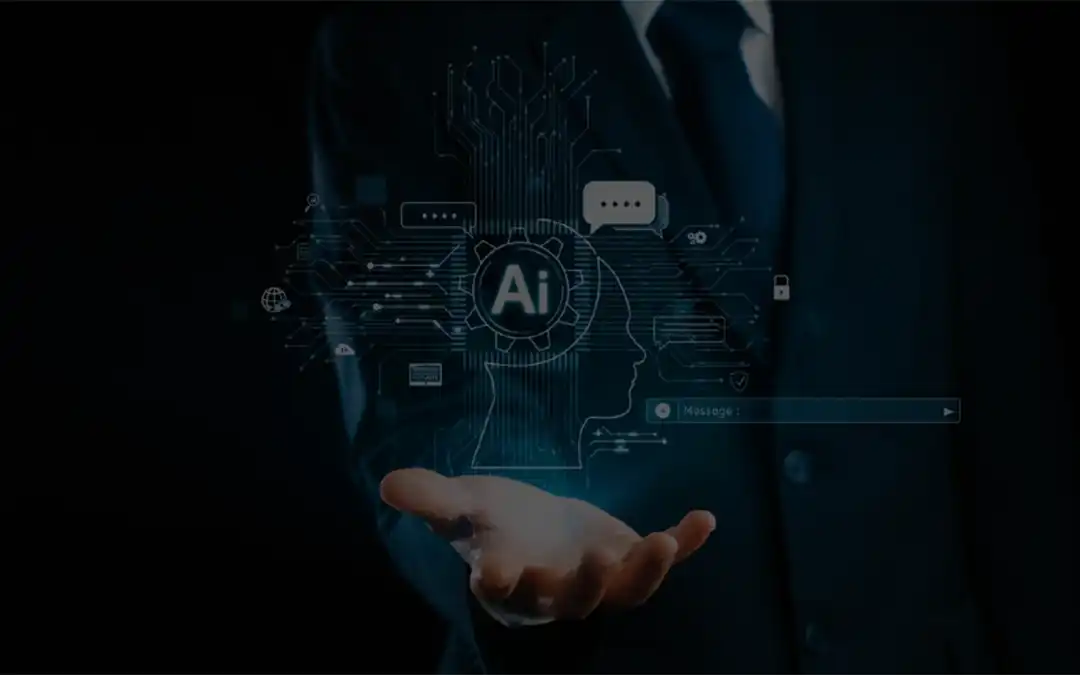The blog argues that whether or not the AI bubble bursts, the true differentiator for organizations will be their capacity for calm, disciplined adaptation.

The blog argues that whether or not the AI bubble bursts, the true differentiator for organizations will be their capacity for calm, disciplined adaptation.

By 2026, the Gulf Cooperation Council (GCC) labor market is expected to move from volume-based hiring to specialized sovereign capabilities.

Discover how purpose-built, trust-driven employer branding can help you stand out in a value-sensitive, choice-rich talent market.

Agentic AI is changing the fabric of enterprise work, not simply by automating tasks, but by altering how decisions, judgment, and trust are shared between humans and machines.

This blog talks about how the shift to Pay Transparency 2.0 demands immediate strategic action on compensation governance.

How HR leaders can use agentic AI to speed hiring, ensure fairness, and scale recruitment without losing the human touch.

The blog explores how healthcare staffing is set to evolve in 2026, moving beyond short-term fixes toward structural workforce redesign.

This blog examines how New York City’s Local Law 144 reshapes accountability for staffing vendors that rely on automated decision-making in hiring.

This report outlines why employee pessimism in 2025 is not merely
emotional, but rational—and how leaders can respond with systemic clarity
rather than reactive messaging.

In 2025, organizations are grappling with a fast- shrinking half-life of skills and the rising costs of external hiring.
Sonal Jakhodia is an HR leader with more than 18 years of experience, currently serving as AVP – Talent Lead at VBeyond Corporation. She specializes in talent strategy, strategic business development, and scaling recruitment operations. With deep expertise in client relationship management, change leadership, and performance optimization, Sonal is instrumental in enabling sustainable growth across the India business while leading talent transformation initiatives across verticals.
Education:
Amiy Tripathi is a recruitment and delivery leader with over 14 years of experience across UK, EU, and U.S. markets. Originally trained as an aircraft mechanic, he transitioned into recruitment, rising through the ranks from technical sourcing to leadership. Currently, he manages end-to-end talent delivery, client relations, and strategic operations across European markets. Amiy’s blend of technical background and recruitment expertise enables him to build scalable hiring solutions aligned with client goals.
Education:
Anshuman Bhatia is a senior IT & ITES executive with over 25 years of experience in marketing, pre-sales, account planning, and business development. He has held leadership roles at KPMG, DXC Technology, HCLTech, and PureSoftware. Anshuman has led large global accounts across the US, UK, Europe, and APAC, with expertise in sectors like BFSI, Healthcare, Retail, and Gaming. He also specializes in Digital Transformation, Cloud, AI, and Analytics, and is passionate about mentoring teams and exploring emerging technologies.
Education:
Neha Srivastava is a senior HR professional with 20 years of experience in human resources, client servicing, and recruitment operations. As Vice President – HR at VBeyond Corporation, she leads internal talent acquisition and HR business partnering for the U.S. business. Known for building inclusive and performance-driven teams, Neha has played a key role in high-impact hiring initiatives and has been instrumental in driving VBeyond’s internal HR growth for over a decade.
Education:
MBA, Human Resources
Bachelor’s Degree, Management, University of Lucknow
Devina Swaroop brings over 16 years of talent acquisition experience, including 15 years at VBeyond, where she played a pivotal role in scaling the company from a startup to a premier executive search firm. Her expertise spans both Non-Tech and Technology hiring, with a focus on BFSI, consulting, IT infrastructure, and emerging technologies. In addition to leading end-to-end recruitment, Devina oversees account management, client mining, and business development, contributing significantly to client retention and delivery excellence.
Education:
Siddharth Khosla leads the Healthcare and RPO practices at VBeyond Corporation, bringing over 17 years of experience in staffing for hospitals, long-term care, CROs, and pharmaceutical clients. A specialist in healthcare and clinical research recruitment, he partners with client leadership to create predictive talent pipelines and optimize hiring strategies. Siddharth is recognized for building high-performance teams, applying data-driven insights, and designing recruitment models tailored to complex healthcare ecosystems.
Education:
Nooruddin Beg is a visionary leader in talent acquisition, with over two decades of experience building high-performing teams and driving strategic recruitment across North America and Canada. At VBeyond, he oversees P&L for Fortune 500 clients and leads strategic partnerships with System Integrators. Known for his ability to secure new logos and manage multimillion-dollar engagements, Noor consistently delivers high-quality talent across technical and non-technical domains while fostering long-term business relationships.
Education:
Bhanu Pratap Singh is a strategic recruitment and sales leader with over 14 years of experience across North America. Currently AVP – Sales & Recruitment at VBeyond Corporation, he focuses on executive hiring, full-cycle IT staffing, and leadership placements in domains such as BFSI, Healthcare, Life Sciences, and Digital Transformation. Bhanu is known for bridging talent needs with business goals and has led recruitment for emerging tech roles while managing client delivery and onshore-offshore recruitment teams.
Education:
Alok Mishra is the Managing Director of Vantedge Search, VBeyond Corporation’s executive search arm. With over 15 years of experience, he specializes in leadership hiring across Digital, Cloud, Analytics, and NextGen technologies. Having played a key role in establishing Vantedge Search, Alok brings expertise from prior roles at HCL Technologies and Concentrix, where he built a strong foundation in technology and talent operations. His consultative approach, analytical mindset, and industry insight shape transformational hiring outcomes.
Education:
Mohammad Fakhrul Hasan brings over 18 years of experience in recruitment, client strategy, and operational leadership. As Vice President – Strategic Accounts at VBeyond Corporation, he leads the P&L for Fortune 500 clients, manages multi-million-dollar portfolios, and drives business development across the U.S. Over his 15+ year tenure at VBeyond, he has built and led high-performing teams, enhanced delivery models, and strengthened the firm’s positioning in the staffing space through strategic innovation and operational rigor.
Education:
Disha Sharma is a seasoned talent acquisition and account management leader with 15 years of experience across Consumer Tech, FMCG, Manufacturing, and Retail industries. At VBeyond, she drives strategic growth in Non-IT sectors, combining a deep understanding of recruitment with expertise in customer engagement and business development. Known for fostering strong client partnerships and delivering results, Disha brings adaptability, leadership, and a client-centric mindset to every engagement.
Education
Rajan Bedi is a experienced business leader with over 30 years of experience in Human Capital Leadership, Executive Search, and Global IT and Engineering Outsourcing Business Acquisition and Manufacturing Industry. He has held key leadership positions including Chief of Staff at a Private Equity Portfolio Company and Global Head of Presales at HCL Technologies $2Bn Engineering and R&D Business. Rajan’s expertise spans Creating High Performing presales and Inside Sales Teams, Large Deals, and CXO stakeholder engagement across Fortune 500 and Global 2000 clients. His early career spans across procurement and SCM role at Escorts Yamaha for Existing Products Upgrades and New Products Development with Tier 1 Components suppliers and the Yamaha R&D Team.
Education
Baleshwar Pandey, popularly known as Bala, is a seasoned HR and talent acquisition leader with over 18 years of experience spanning human resources, workforce strategy, and talent transformation. With a strong foundation in core HR covering compensation and benefits, legal compliance, and talent management, he began his journey delivering strategic hiring and scalable staffing solutions. Known for his people-centric leadership and operational expertise, Bala actively leads CSR efforts at VBeyond through the Sarthak Foundation, combining corporate responsibility with talent excellence.
Education
Sharad Seth is a technology and product leadership expert with over 18 years of experience spanning product development, enterprise sales, and cross-functional team building. An alumnus of IIT-BHU and IIM Bangalore, Sharad has overseen multiple end-to-end product cycles, led high-impact technology teams, and co-founded two startups. His career includes selling complex enterprise solutions as part of multi-million-dollar deals across global markets. As Fractional CTO and Advisory Board Member at VBeyond, he brings deep strategic insight into digital transformation, product innovation, and scalable technology architecture.
Education:
Sandeep Mitra is a seasoned business leader with over 22 years of experience in sales, marketing, solutioning, and business development across the FMCG and IT services sectors. His career includes leadership roles at HCL, Marico, Ranbaxy, and Engineers India Ltd., where he honed his expertise in general management, SBU leadership, and people development. As Co-founder of VBeyond Corporation, Sandeep brings a unique blend of corporate experience and entrepreneurial drive. He is instrumental in shaping the firm’s vision, with a focus on building a scalable, professional organization in talent acquisition and IT consulting.
Education:
